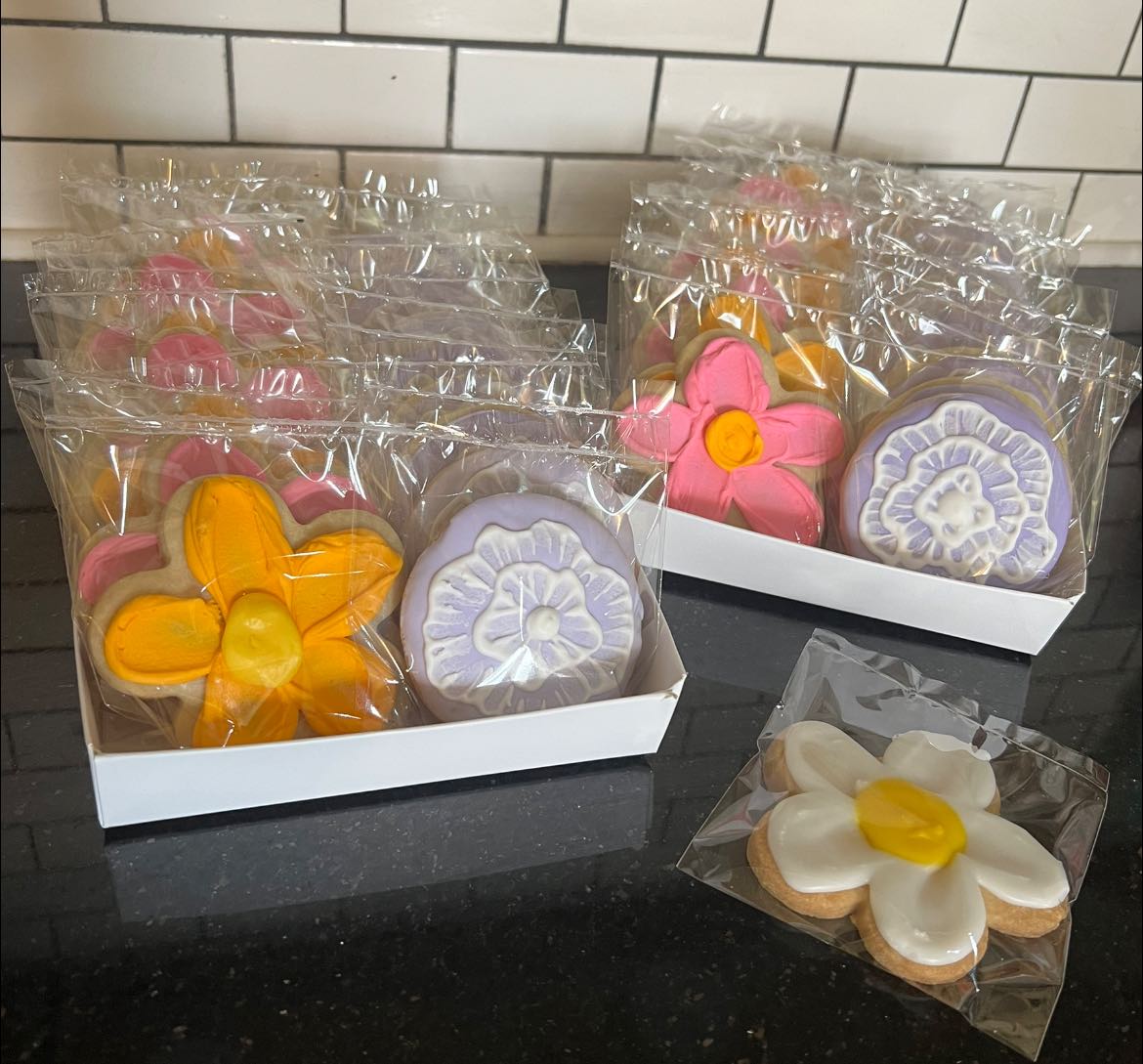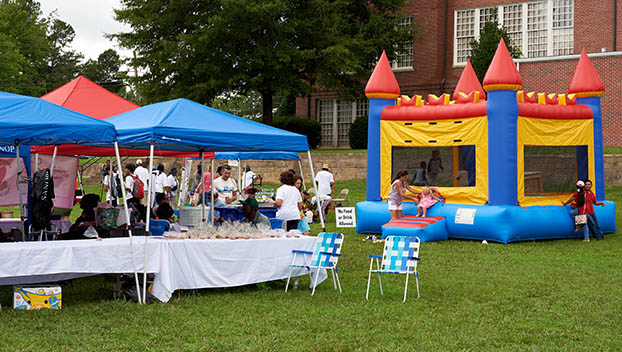House plants
Published 10:24 am Wednesday, October 17, 2018
It’s that time of year once again when houseplants that have spent their summer enjoying the outdoors should be re-introduced to their indoor home. It is also a good time to do a thorough health and wellbeing inspection of any other houseplants in the home.
Houseplants generally are very easy to care for. If you take care to plant them in the correct container with the appropriate soil and place them in a spot where they will receive the proper lighting, houseplants will generally thrive.
My annual routine for re-introducing houseplants to the indoors is; first I thoroughly check each plant for any pests that may be present. I also check for any foliar damage that may have resulted from them and if found take the appropriate action to rectify the problem if needed. I will then gently clean the plant with clean water, unless it is a plant that does not like its foliage to get wet, in that case I may use a soft paint brush and gently brush off any dried plant debris, dust or loose soil. I also will lift the entire plant from its pot and check the root system, sometimes the plant may need to be replanted in a larger pot. Either way I like to replace the potting soil, this is just a personal preference of mine and is not always a requirement to ensure good health of the plant. If all is well the plant gets a good watering and is moved back into the home for the winter.
Trending
If you have other houseplants in your home that do not spend their summers out of doors, it is especially important to make sure to the best of your ability that the plants you are bringing back into your home are free of disease and pests. Otherwise you will have just introduced those pests and disease to a whole new batch of hosts and you will end up frustrated and sad.
The more generic your plants are the easier the task of growing houseplants will be. Keep in mind that beautiful tropical with the shiny foliage and bright flowers will be a more difficult plant to care for, as will the exotic cactus dish garden or fern.
No matter what your personal preferences are, all house plants share the same basic factors that will affect plant growth indoors. They are: the container and soil they are planted in, the amount and intensity of light they receive daily, individual water requirements and the surrounding air temperature.
Indoor plants should be planted in a container large enough to hold its soil and roots, have sufficient room above the soil line for proper watering and drainage holes in the bottom. Containers come in a wide variety of materials and for general houseplants most are generally fine to use. The soil mix should be appropriate for the type of plant being potted. There are specific differences in soil for foliage, flowering plants, cacti and orchids.
Placement of your potted plants in the home is extremely important. Light is the most essential factor in indoor plant growth. Houseplants require light to manufacture food and flower. Many have differing requirements for light examples are; direct, indirect, bright and low light.
Knowing your plants water requirement is also crucial to your plants survival. Over and/or under watering accounts for a large number of houseplant losses.
The temperature of the room the plant is in is also very important to the plants health and survival. Most houseplants will tolerate normal fluctuations of temperature inside the home. However most will grow best in a daytime range of 70*-80*F and 60*-68*F at night. Most do not like drafts or heating ducts and some may be more temperamental in regards to the amount of humidity in the air. Remember a stressed plant will be much more susceptible to disease and pests.
It has been scientifically proven that certain plants can remove some toxins from the air and improve the health and general well-being of inhabitants of a home with houseplants.
Dawn Conrad is a columnist for The Kenbridge-Victoria Dispatch. She can be reached at conrad.gardenmuse@gmail.com.



